Fake news.pdf
Students organized a Strike.pdf
Newspaper articles for February 2020 from OS "Sveti Petar", Orehovec
Students organized a Strike
Successful strike organized by pupils in Slavonski Brod, Karlovac and Pula in 2013
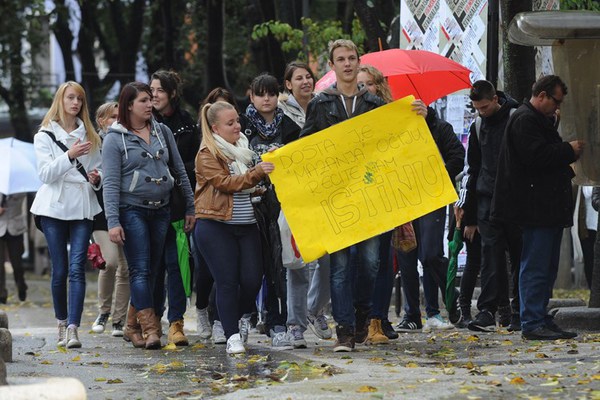
The word strike is very present nowadays, and as it affects the usual life circumstances of our students, we have decided to explain more closely what it means to strike. We also learned that the longest strike in history is related to education, and we found that Croatian students staged a strike.
According to enciklopedija.hr, a strike is a conflict between employees and employers in which employees by designed, organized and collective termination of work strive to extort concessions from the employer and force him to accept their demands.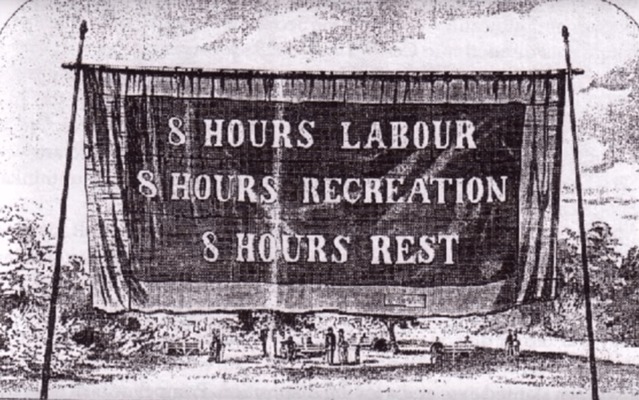
The most common causes of strikes are dissatisfaction with wages or working conditions, and the dismissal of workers.
The refusal to work was recorded in ancient Egypt and Rome, but the biggest number of strikes took place at the end of the 19th century and in the first half of the 20th century. At that time, workers ' associations and trade unions, who helped workers to fight for their rights, grew stronger. In the 19th century, in the era of accelerated industrialization, workers worked for 12 to 18 hours, and even children were forced to work in inhumane working conditions. At that time, the strikers ' movements have hit the United States the hardest. The strikes even evolved into major street riots in some cases.
The Labor Day which we celebrate on 1st May is the memorial to one such big strike that grew into a riot. This strike turned into a protest in which about 40,000 people in Chicago demanded three 8s, i.e. they demanded 8 hours of work, 8 hours of rest and 8 hours for culture and education. In that protest, the police killed 6 and wounded 50 workers. 5 were sentenced to death, and 3 to long-term imprisonment.
The strike of the students of the Medical School in Pula
According to the H-Alter web portal, the first general strike in Croatia was held in Osijek 1905. In April, it was initiated by the workers at the Kaiser and the Povischil factory, and in May it was accepted by the workers of almost all factories in Osijek, and about 2500 to 3000 people marched through the center of Osijek.
What we learned from the media is the fact that a strike doesn't have to be organized only by employees. The Croatian daily paper Jutarnji list wrote in 2013 about a strike organized by the students of the Osijek Medical school. They had decided not to attend classes after numerous unsuccessful warnings on the inappropriate conditions in which practices and lectures were held. The students’ strike was finished after 5 days, and their demands were fulfilled and the organization of practice and lectured was improved. This wasn't the only student strike of medical schools that year. The same year the student strike in Pula and Karlovac was held, and they all ended up favorably for the pupils. The changes that the students seeked for happened at last.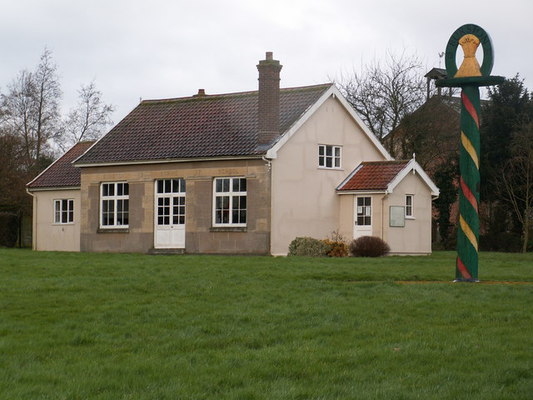
The longest strike in history lasted 25 years
On Wikipedia, we found that the longest strike in the world also had to do with education. That strike lasted 1914 – 1939 in Burston, Norfolk County, England. It started as a support to teachers Tom and Annie Higdon who were fired because they were warning about inappropriate conditions at school. The dismissed teachers were supported by pupils and parents. A new school was established and it was led by the dismissed teachers. The school lectures initially took place at the town’s green market, and then thanks to the local donations, a new school was built. The school worked until Tom's death, and after that, it stopped working and became a museum dedicated to the longest strike in the world. After Tom died, all the students started attending the municipal school again. /Leona Peklić, 8. a; Photo: downloaded from the Internet/
*Original article is available in the online digital newspaper Klinček and can be found on the following link http://www.klincek.com/?p=14614
xxxxxxxxxxxxxx
Elimination of a school year, PE and homeroom class – fake news
Fake news – we’ve found out how to identify them from the Fake ≠ Fact Publication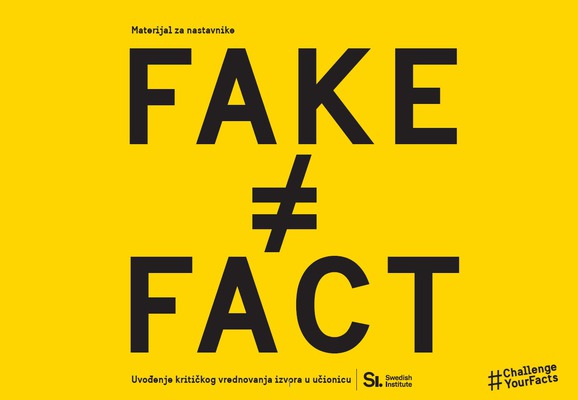
Tomorrow we're finally going back to school, so we'll find out exactly how and when we'll make up for the missed hours. However, what we already know is that various false news was spread about the strike, or to be more precise, fake news. Some of them spread via social networks we use. This fake news were about elimination of PE and the homeroom class in the second semester because of the compensation for missed lectures during the school strike. There had also been fake news that the school year would be canceled.
It should be noted that the most important goal of such fake news is to make money. The media on the internet makes money from clicks, and fake news and bombastic headlines are hot commodities.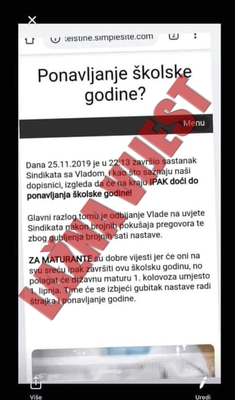
We will use this occasion to show you the easiest way to spot fake news. The useful tips can be found in the Fake ≠ Fact Publication. This publication was made in Sweden and was translated this year as part of the marking of Media Literacy Day. They worked out all the tips in detail, but we will present you the most important ones.
You should always check the source of the information. This can be done by copying the title or even the entire sentence from the original on a specific website and pasting them into the search bar with quotation marks at the beginning and end of the sentence. This way, it is possible to get to the source of information and check what other sources say about the topic. It is also important to check when the information has emerged and whether it is current, or there is more recent knowledge on the subject.
As for photos, they can be checked by right-clicking on the image and selecting the option "Search image with Google". Using the web tool TinEye https://tineye.com/, you can enter the URL of the image and check where the image was used.
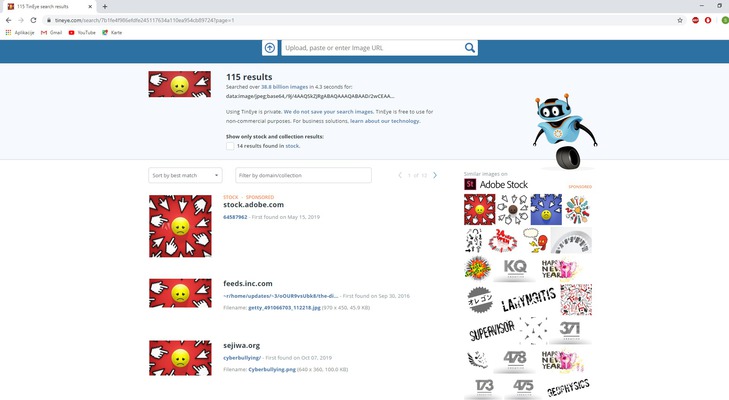
For video materials, Fake ≠ Fact Publication recommends paying attention to the quality of the video clip and the person responsible for uploading it. Additional clues may also be comments under the respective video.
When it comes to audio recordings, they say it is difficult to determine if the recording is authentic, but the file name may be a real lead. /Lea Harča, 7. b; Photo: Downloaded from the Internet/
*Original article is available in the online digital newspaper Klinček and can be found on the following link http://www.klincek.com/?p=15668